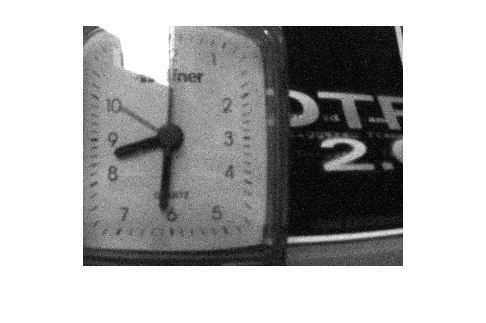adtfFileReader
Description
An adtfFileReader object reads the stream information associated
with the various sensors in an Automotive Data and Time-Triggered Framework (ADTF) DAT file.
ADTF is a framework developed by Elektrobit, to develop, visualize, test and validate advanced
driver assistance systems (ADAS) and automated driving functions. DAT files contain data from
various sensors, such as lidars and cameras as well as other automotive data.
To select messages of a specific type to read from an adtfFileReader
object, use the select object function.
adtfFileReader supports reading both 2.0 and 3.0 versions of ADTF DAT
files. Each stream in the DAT file must contain sorted chunk timestamps. This requirement
applies to the data within a stream only, and not across multiple streams.
Creation
Syntax
Description
adtfReader = adtfFileReader(dataFileName)adtfFileReader object, adtfReader, that
reads stream information from the specified ADTF DAT file.
adtfReader = adtfFileReader(dataFileName,descriptionFileName)descriptionFileName, that defines the
structure of the streams in the ADTF DAT file.
adtfReader = adtfFileReader(dataFileName,pluginDirectoryPath)pluginDirectoryPath, that contains plugins
to use when reading information from the ADTF DAT file. Plugins are operating system
specific, compiled object files that help in reading DAT files.
adtfReader = adtfFileReader(dataFileName,descriptionFileName,pluginDirectoryPath)
Input Arguments
Properties
Object Functions
select | Create reader for selected subset of ADTF DAT file data |
Examples
Limitations
Reading DAT files on Mac platforms is not supported.
Reading these stream types is not supported:
adtf/anonymousadtf/audio
For reading
adtf/video_compressedstream type, only JPEG compression format is supported.
Version History
Introduced in R2022a

![{"String":"Figure Movie Player contains an axes object and other objects of type uiflowcontainer, uimenu, uitoolbar. The axes object contains an object of type image.","Tex":[],"LaTex":[]}](../../examples/driving/win64/ExtractVideoStreamFromADTFDATFileExample_02.png)